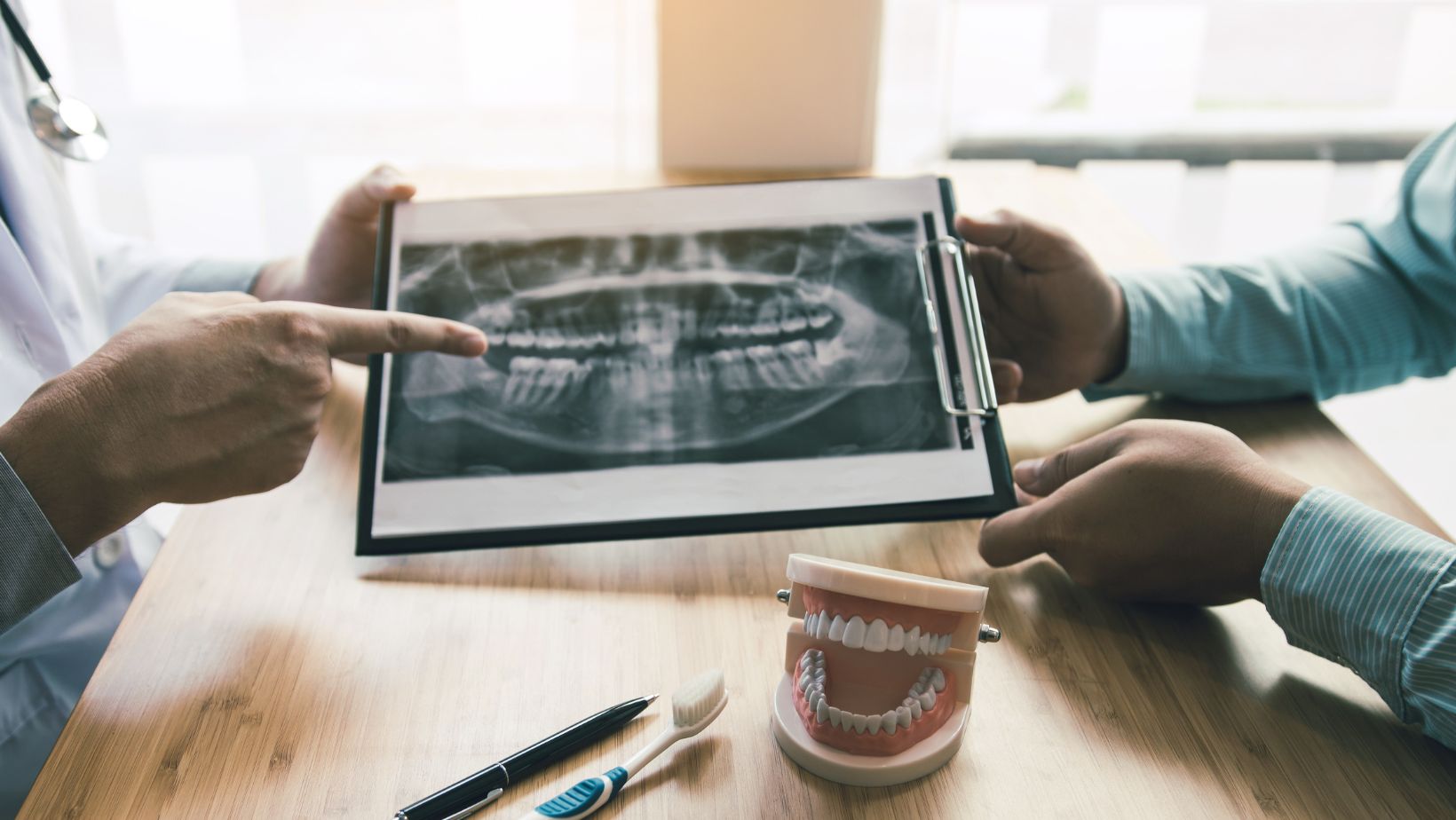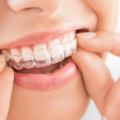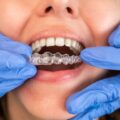Learn about the Invisalign timeline from consultation to straight teeth. Explore each step of the process for achieving your perfect smile.
The journey to a perfect smile is exciting. This is especially true with the advances in orthodontic treatments like Invisalign. Invisalign offers a discreet and comfortable way to straighten your teeth.
It uses clear aligners instead of metal braces. This treatment is not only effective but also convenient for many people.
Let’s walk through the Invisalign timeline. It goes from the first consultation to getting the straight teeth you’ve always wanted.
Initial Consultation
Your journey begins with an initial consultation. During this visit, a dentist or orthodontist will examine your teeth to determine if Invisalign is the right option for you. They may take x-rays, photos, digital scans or impressions of your teeth.
This information helps create a customized treatment plan tailored to your specific needs. The consultation is a great opportunity to ask questions and understand what to expect throughout the treatment.
Custom Treatment Plan
Your dentist or orthodontist will assess your suitability for Invisalign before tailoring a personalized treatment plan. Utilizing cutting-edge 3D imaging technology, they meticulously map out the specific tooth movements required.
You’ll receive a detailed preview of your new smile, which can be very motivating. This also allows you to see how long your treatment will likely take. On average, treatment can last anywhere from 12 to 18 months, though this varies based on individual cases.
Receiving Your Aligners
After your treatment plan is set, your custom aligners will be made. Each set of aligners is worn for about one to two weeks, depending on your dentist’s recommendations. They are made from smooth, BPA-free plastic that is comfortable to wear.
They are virtually invisible, which is why so many people prefer Invisalign over traditional braces. When you receive your first set of aligners, your dentist may place small, tooth-colored attachments on some of your teeth. These attachments help the aligners grip your teeth and make more precise movements.
Wearing Your Aligners
You must wear your aligners for 20 to 22 hours a day to achieve the best results. The aligners are removable, so you can take them out while eating, drinking anything other than water, brushing, and flossing. Maintaining good oral hygiene during this time is important to prevent cavities and keep your aligners clear.

Depending on your treatment plan, you’ll switch to a new set of aligners every one to two weeks. This will straighten your smile discreetly without the need for metal braces. Regular check-ins with your dentist will monitor your progress.
Adjusting to Aligners
The first few days with new aligners might feel a bit odd. You may experience some pressure or discomfort, indicating that the aligners work. Most people quickly get used to the aligners, and discomfort usually subsides within a few days.
Speaking with aligners might also feel different, but practice makes perfect. The slight lisp that some people experience usually goes away as you get used to wearing them.
Progress and Check-Ins
Regular check-ins with your dentist or orthodontist are crucial to the Invisalign process. These visits ensure that your treatment is progressing as planned. Your dentist may give you several sets of aligners at a time, reducing the need for frequent visits.
Usually, check-ins occur every six to eight weeks. During these appointments, your dentist will track your progress and adjust your treatment plan.
Mid-Course Corrections
Sometimes, your teeth may not move as expected, and mid-course corrections might be needed. If this happens, your dentist will reassess your treatment plan and might take new scans or impressions of your teeth.
They will then create additional aligners to get your treatment back on track. These adjustments are perfectly normal and an important part of ensuring that your final results are as close to perfect as possible.
Refinement Stage
As you near the end of your initial aligners, your dentist will evaluate your smile to see if additional tweaks are needed. This is known as the refinement stage.
If minor adjustments are necessary, you may receive a few more sets of aligners to perfect your smile. This stage ensures that every tooth is in its perfect place and you are completely satisfied with your results.
Completing Treatment
Once your treatment is complete and you’ve achieved your desired results, it’s important to maintain your new smile. Your dentist may recommend retainers to help keep your teeth in place. Retainers are similar to aligners and should be worn as your dentist directs.
Initially, you might need to wear them full-time, but eventually, you can switch to wearing them only at night. Retainers play a crucial role in ensuring that your teeth do not shift back to their original positions.
Post-Treatment Care
Even after completing your Invisalign treatment, maintaining good oral hygiene is essential. Regularly brush and floss, and visit your dentist for routine check-ups. If you ever neglect to wear your retainer, your teeth could shift, undoing the progress you’ve made.
Some patients might require permanent retainers, especially if they had significant gaps or misalignment issues before treatment. Your dentist will guide you on this.
The Cost of Invisalign
The cost of Invisalign varies based on your case’s complexity and location. While it can be comparable to traditional braces, many find the convenience and aesthetics of Invisalign to be worth the investment.

Financing options are often available, and some dental insurance plans cover part of the cost. During your consultation, the financial details will be discussed, and you can explore the best options for your budget.
Smiling Forward: Navigating the Invisalign Timeline
Embarking on the Invisalign timeline is a significant step towards achieving a beautiful, straight smile. Each process phase is designed to ensure optimal results from the initial consultation to post-treatment care. By following your treatment plan and maintaining regular check-ins, you can look forward to the day when you can smile confidently, knowing that your hard work and dedication have paid off.
Invisalign is more than just an orthodontic treatment. It’s a commitment to better oral health and enhanced self-esteem. Whether you’re considering it for yourself or a loved one, the path to straight teeth and a brighter smile begins with that first consultation.
For similar topics, visit our blog!
Jessica has a flair for writing engaging blogs and articles. She enjoys reading and learning new things which enables her to write different topics and fields with ease. She also strives to break down complex concepts and make them easy for anybody to comprehend.





